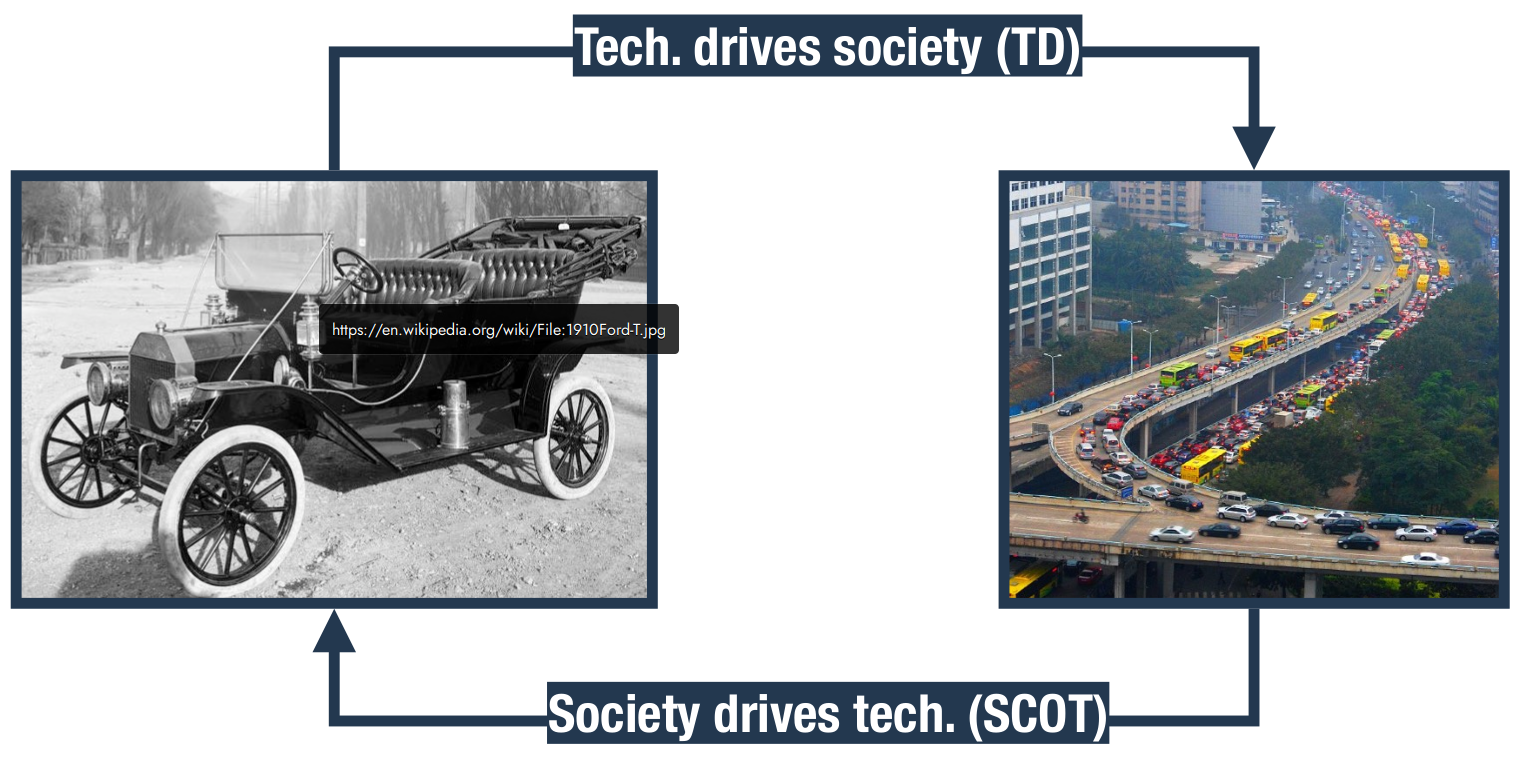Social construction of technology
Technology and society
co-constitute each other
- Technology conforms to social systems
E.g. AI and race (Benjamin 2019) - Social systems are influenced by technology.
E.g. genetic testing on race and identity (TallBear 2013)

Social construction of bodies
SCOT and standardization of bodies
- Technology is tied fundamentally to how we understand our selves and our bodies.
Race and gender (Herzig 1999)
- The meaning of human hair and its relationship with race and gender (and class) is inextricable from the technologies for the alteration, removal, and measurement of body hair.
Disability (Woods and Watson 2004)
- What is understood as a ‘normal’ versus ‘abnormal’ body is bound to the existence and implementation of technologies. (e.g. glasses, wheelchairs)
Page 1 of 6